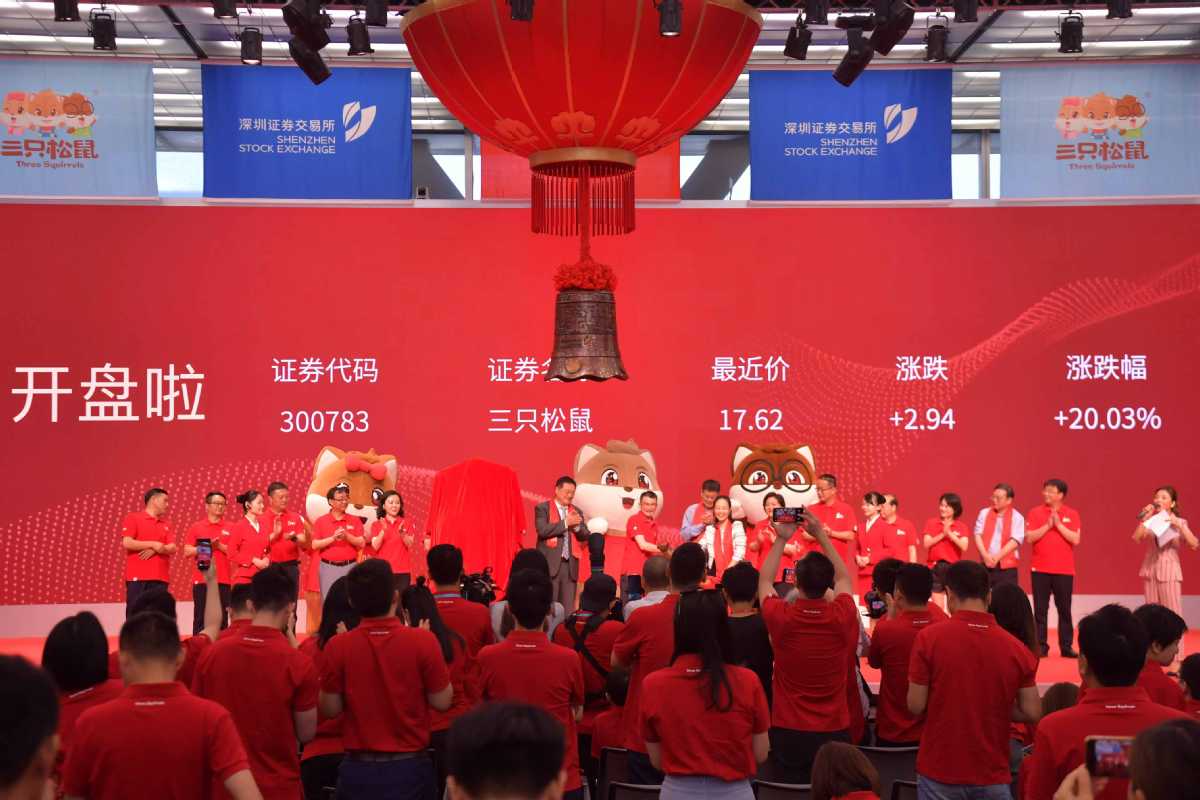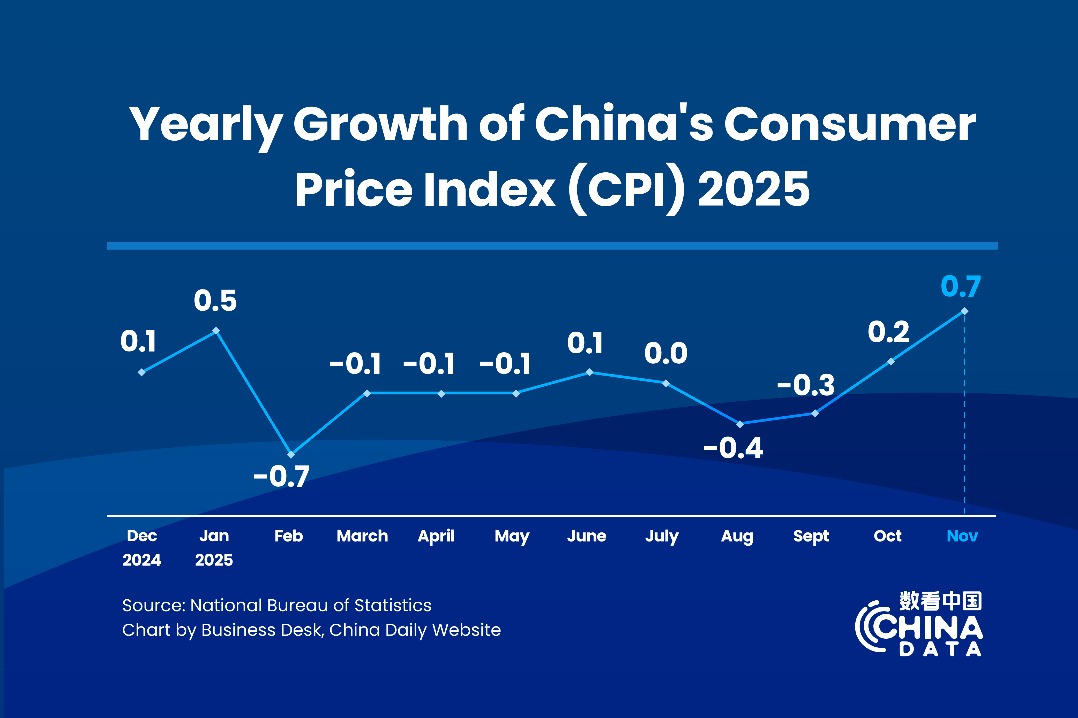Groundbreaking measures start to pay off for mainland bourses


Despite a lukewarm global landscape of new share sales, capital raised on the Chinese mainland market last year surged to a seven-year high, as groundbreaking market-oriented reforms started to pay off in serving the real economy, experts said.
The Shanghai Stock Exchange and the Shenzhen Stock Exchange recorded 201 initial public offerings last year, up by 91 percent from the previous year. Capital raised also surged by 83 percent year-on-year to 253.3 billion yuan ($36.4 billion), according to market tracker Wind Info.
This contrasts with a 19-percent decline in IPO deals globally last year, which raised 198 billion in total, down by 4 percent year-on-year, according to forecasts in a report released by multinational professional services firm EY in December.
China's IPO market bucked the global decline last year as the debut of the sci-tech innovation board in July drove IPO activity up, said Zhang Ningning, an assurance partner at EY.
The new board, also known as the STAR Market on the Shanghai bourse, led to the listing of 70 companies last year, the highest among all A-share submarkets. The STAR Market also contributed 32 percent of capital raised in the A-share market for the whole year, according to Wind Info.
"Since the launch of the STAR Market, it has performed steadily with active investor participation. Various innovative mechanisms have begun to take effect," she said.
For instance, under the pilot registration-based IPO system, the time taken for an IPO has tremendously decreased, as the interval between a company's IPO pre-announcement and its market debut dropped from more than 600 days for other submarkets to about 165 days for the STAR Market, according to Zhang.
"The registration-based system on the STAR Market focuses on information disclosure, simplifies and optimizes listing standards and empowers investors to make choices, which has greatly enhanced the efficiency of resource allocation in the capital market," she said.
The STAR Market especially boosted IPO activities of companies engaging in new generation information technology and biotechnology, whose IPO deals accounted for 44 percent and 24 percent respectively of all STAR IPOs last year, according to the EY report.
Robust A-share IPO activities also resulted from several large IPOs by proceeds. Last year, four IPOs in the A-share market raised more than 10 billion yuan each, versus one in the previous year, Zhang said.
Looking ahead, EY expects A-share IPO activities to remain robust this year, Zhang said, as the steady performance of the STAR Market has encouraged more companies to file IPO applications, and as a booming technology sector led by 5G is bringing about more IPOs from innovative enterprises.
Liu Wenqiang, a researcher with Shenzhen-based Great Wall Securities, said another factor expected to buoy IPO activities this year is the securities regulator's continuous efforts to enrich financing channels in the capital markets to better serve the real economy.
Market expectation has formed that the China Securities Regulatory Commission, the country's top securities regulator, will speed up the registration-based reform of the ChiNext this year and advance efforts to normalize new share sales, or not to impose administrative controls on the pace of IPOs to smooth market fluctuations, he said.
The implementation of the registration-based system on the ChiNext and the recent green light of subsidiaries of listed firms going public as independent entities, are expected to forge new growth points in the IPO market this year, Liu said.
"The steady expansion of fundraising is unlikely to take a heavy toll on market liquidity and structural opportunities will abound," Liu said, citing that global capital is expected to continue adding exposure on A-share assets-one of the most attractive asset categories globally.
Apart from advancing reforms to better serve financing needs of the real economy, the country will take more actions to strengthen the investment function of the A-share market this year, such as fostering the development of mutual funds focusing on equities investment and encouraging more mid-to long-term funds to enter the market, according to a CSRC statement.
Global professional service provider KPMG said in a report that the STAR Market, as well as companies from the telecommunications, media, and technology or TMT sectors, are expected to continue to be the key drivers of the A-share IPO market this year.
Chen Jia contributed to the story.




































